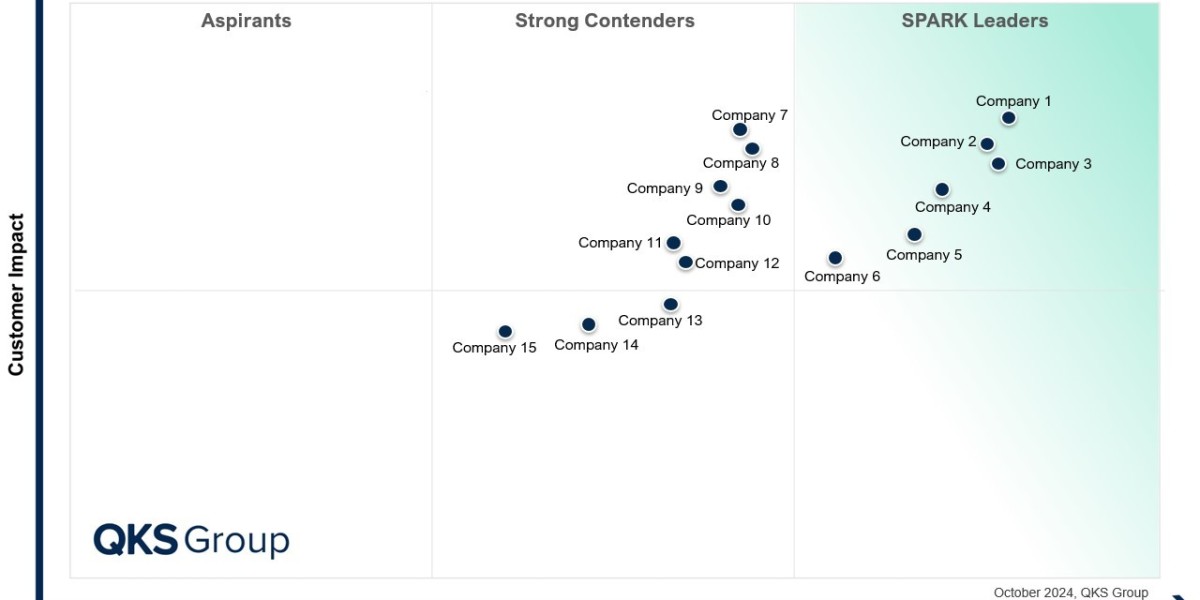In an era where hybrid work has become the new normal, the boundaries between corporate networks and external environments have blurred significantly. Organizations now manage a complex mix of on-premises, cloud-based, and remote infrastructures, all of which demand robust security and seamless connectivity. Enter Secure Access Service Edge (SASE) — a transformative approach that integrates networking and security functions into a single cloud-delivered service. In 2024, SASE continues to evolve as a unified platform designed to simplify network management, enhance protection, and deliver a consistent user experience across increasingly distributed environments.
The Shift Toward Single-Vendor SASE Solutions
Traditionally, organizations deployed multiple point solutions from different vendors to meet their networking and security needs. This fragmented approach, however, led to operational silos, complex integrations, and increased management overhead. In response, 2024 has seen a marked industry shift toward single-vendor SASE platforms. These integrated solutions combine core networking capabilities—such as software-defined wide area networking (SD-WAN)—with essential security functions like secure web gateways (SWG), cloud access security brokers (CASB), firewall-as-a-service (FWaaS), and zero-trust network access (ZTNA).
The move to single-vendor platforms is driven by a clear business imperative: reducing complexity and improving operational efficiency. With unified management consoles and consistent policy enforcement across all network edges, IT teams can deploy, monitor, and scale their environments more effectively. This consolidation not only streamlines deployment but also minimizes compatibility issues and reduces the total cost of ownership (TCO). As organizations continue to embrace cloud-first and hybrid work strategies, SASE platforms that offer a single pane of glass for both networking and security functions have become indispensable.
Compare products used in Secure Access Service Edge (SASE)
AI and Machine Learning: Elevating Threat Detection and Response
The rapid evolution of cyber threats—particularly zero-day exploits and ransomware—has pushed SASE providers to integrate artificial intelligence (AI) and machine learning (ML) more deeply into their platforms. These technologies enable continuous monitoring, real-time analytics, and automated threat detection, ensuring faster and more accurate responses to emerging risks.
AI-driven SASE solutions leverage behavioral analytics to identify anomalies that traditional security systems might overlook. For instance, they can detect deviations in user activity patterns, unusual data transfers, or irregular application behavior—all potential indicators of compromise. Machine learning models continuously refine themselves with new data, improving detection accuracy over time and reducing false positives.
Moreover, AI enhances adaptive policy enforcement, allowing systems to dynamically adjust access controls based on context, such as user location, device health, and risk level. This level of intelligent automation is particularly valuable for organizations managing vast hybrid environments, where manual oversight of every endpoint and connection is no longer feasible. The result is a more proactive, resilient security posture capable of countering today’s sophisticated and fast-moving threats.
Zero Trust: The Core of Modern SASE Architectures
At the heart of SASE lies the zero-trust security model, which operates on the principle of “never trust, always verify.” In 2024, this approach remains central to SASE evolution, with vendors expanding verification mechanisms and tightening access controls across all connection points.
Modern SASE platforms extend zero trust beyond user authentication to include device verification, application-level segmentation, and continuous trust evaluation. Rather than granting blanket network access, users and devices are authenticated for each session and granted the minimum level of access necessary. This granular approach minimizes attack surfaces and prevents lateral movement within networks if a breach occurs.
The adoption of zero-trust principles is particularly critical in hybrid work environments, where employees connect from a range of unmanaged devices and public networks. By incorporating continuous authentication, identity federation, and risk-based access control, SASE ensures that every access request—regardless of origin—is validated before being granted. This model not only strengthens defenses against insider threats and credential theft but also aligns with growing regulatory demands for secure access governance.
Digital Experience Monitoring: Bridging Performance and Security
While security remains a top priority, organizations also recognize the importance of maintaining optimal user experience, especially as applications move to the cloud. To address this, vendors are embedding Digital Experience Monitoring (DEM) tools within SASE platforms. DEM provides real-time visibility into application performance, network latency, and end-user experience across distributed environments.
By integrating DEM, IT teams can correlate security events with performance metrics, enabling faster root-cause analysis and issue resolution. For example, if a remote user experiences lag or disconnections, DEM can determine whether the problem lies in the network, the application, or the endpoint device. This holistic visibility not only enhances operational efficiency but also ensures that security measures do not inadvertently hinder productivity.
Furthermore, DEM tools often leverage the same AI and ML technologies used for threat detection, allowing for predictive performance optimization. This means potential network bottlenecks or application slowdowns can be identified and resolved before they impact users. In essence, DEM transforms SASE from a purely defensive framework into a strategic enabler of business continuity and performance excellence.
The Road Ahead: Convergence, Intelligence, and Simplicity
As organizations continue their digital transformation journeys, the need for a unified, intelligent, and adaptive approach to network security has never been greater. The ongoing convergence of networking and security under the Secure Access Service Edge (SASE) umbrella reflects a broader trend toward platformization—where integration, automation, and analytics converge to simplify IT operations and strengthen resilience.
In the coming years, SASE will likely evolve even further through tighter integration with edge computing, cloud-native architectures, and security service edge (SSE) offerings. Vendors that can deliver comprehensive, AI-driven, single-vendor solutions—without compromising flexibility or scalability—will lead the next wave of innovation in this space.
Ultimately, SASE represents more than a technological shift; it embodies a strategic realignment of how enterprises think about connectivity and security in a borderless world. By unifying these capabilities into a cohesive platform, SASE empowers organizations to secure their hybrid environments, streamline operations, and deliver exceptional digital experiences—today and well into the future.







